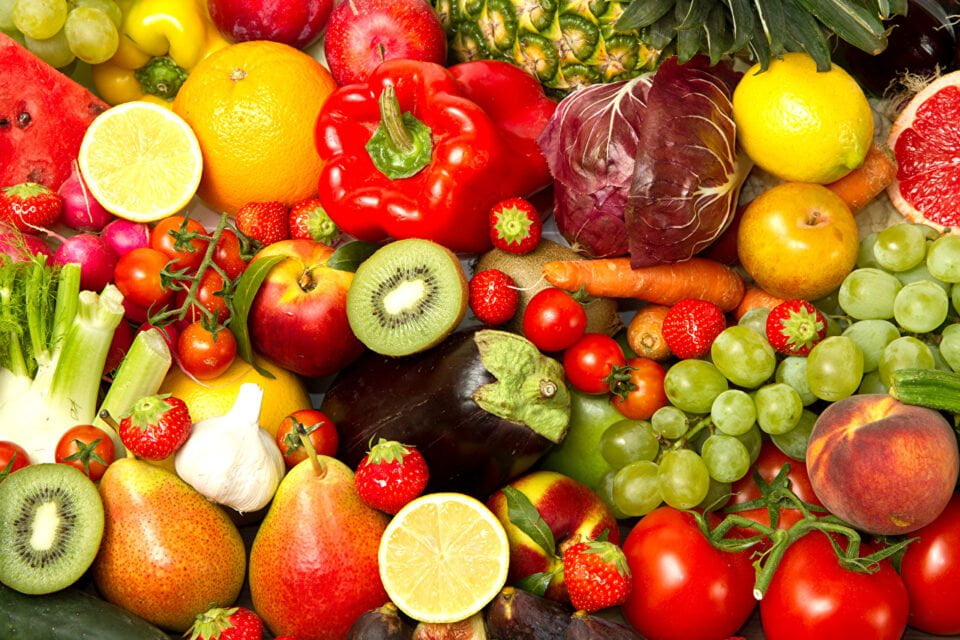The EastFruit team sums up the results for the Ukrainian horticulture business in 2020, which can hardly be considered successful or favourable. Fruit and vegetable imports to Ukraine this year increased by 25% while exports decreased according to preliminary estimates by EastFruit.
The decrease in proceeds from walnut exports due to the decline in world prices for these products became especially noticeable. Revenue from the exports of fresh apples and blueberries also dropped sharply and were not offset by revenue growth from the exports of frozen berries even though their prices on the world market have strengthened significantly.
Imports, on the other hand, increased in almost every product category with the exception of onions. Imports of greenhouse tomatoes, greenhouse cucumbers, and potatoes grew the most. Also, the costs of importing table grapes, lemons, avocados, grapefruits, and persimmons to Ukraine increased by more than 30-40%.
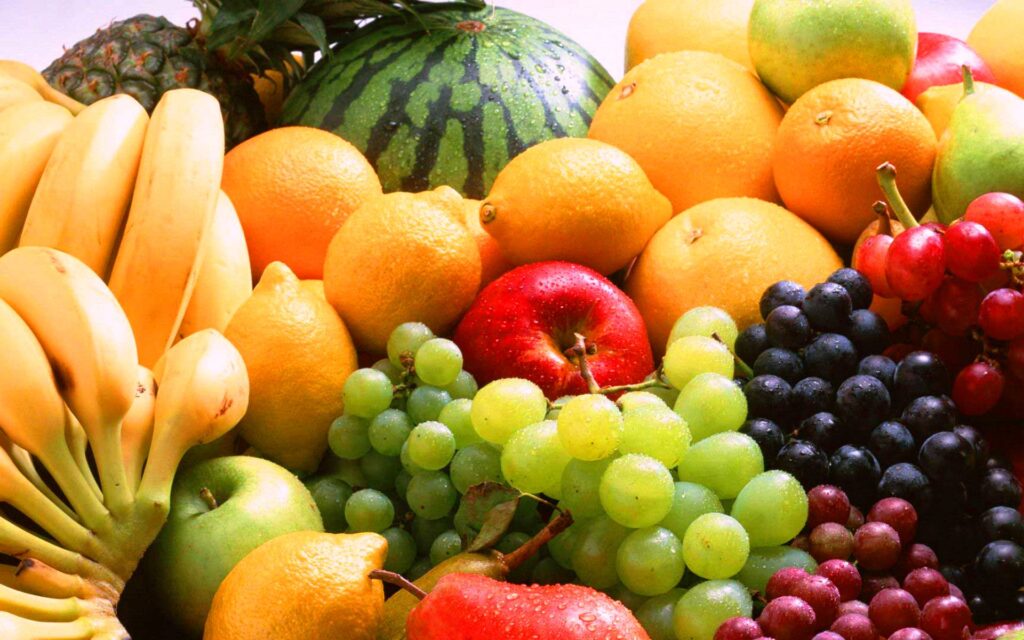
In addition to the deterioration of the horticulture trade balance, one of the main challenges for the fruit and vegetable industry in Ukraine was a sharp change in the distribution channels of products. The sharp decline in sales in HoReCa due to the coronavirus pandemic and the strengthening role of supermarkets forced market participants to reconsider approaches not only to marketing but also to production.
Marketing was also felt the impact due to the lack of exhibitions, conferences, and sharp restrictions on travel opportunities reduced the effectiveness of such efforts. EastFruit even launched a virtual trade mission for exporters, which allowed them to get several new promising export contacts.
The most relevant topic that determined the conjuncture of the Ukrainian and world markets is, of course, COVID-19! The coronavirus pandemic, which was initially underestimated by many, quickly became the world’s #1 problem. Ukraine turned out to be practically unprepared for it and the measures taken by the government were sometimes simply shocking and seemingly illogical and inconsistent to market participants.
The closure of retail and wholesale food markets, through which the bulk of fruits and vegetables are usually sold, was a hard blow to both producers and consumers. In the southern region of the country, this decision turned into an absolute disaster for regional participants in the horticulture market, literally sending tons of vegetables and fruits to the dump, including early cabbage, radishes, greenhouse cucumbers, herbs, lettuce, greenhouse strawberries, zucchini, and crop products last year (e.g., carrots, potatoes, Chinese and white cabbage, beets, etc.). Also, there was a price collapse of the year when early zucchini was sold in bulk at a price of 1 UAH/kg! It was especially difficult for small farmers. EastFruit responded quickly by launching a separate trading group on Telegram for small and medium-sized farmers in Ukraine, in addition to the main international group EastFruit Trade Platform. Also, the latter turned out to be a very effective and useful promotion tool and has nearly 14,000 participants from 50 countries!
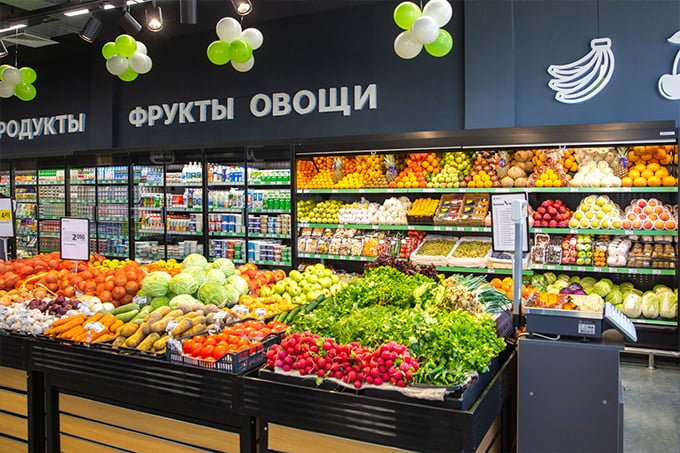
Since the introduction of quarantine measures, trade of fruit and vegetable products in Ukraine had to concentrate in supermarket chains. Although retail has significantly increased its share in the sale of vegetables, fruits, and berries, the lack of proper documents for products, VAT payer status, volumes, quality, etc. meant most small and medium-sized farmers were not allowed to sell most of the seasonal and early vegetables. In addition, the carrying capacity of supermarket chains, which could not always adequately meet the demand that fell on them, became a limiting factor in the spring. Nevertheless, according to the research “Horticulture market of Ukraine: results and forecasts for the 2020/21 season,” which is prepared annually by our colleagues from the APK-Inform: Vegetables and Fruits project, the share of the main vegetables and fruits sold through the networks supermarkets in Ukraine in 2020 reached a record high having almost quadrupled over the past decade.
Also in 2020, EastFruit worked diligently with supermarket chains in the region to help them improve efficiency in the trading of fresh fruits and vegetables. For the first time, Odesa was included in our audit of fruit and vegetable departments of supermarkets in Ukraine, which turned out to be the leader in assortments among all cities of the five countries where the audit was conducted. Audit results for November 2020 for Kyiv can be found at this link and for Dnipro here.
Spring 2020 was not a single issue of the pandemic but frosts were added to the closure of food markets as well. Usually, frosts cover the country in the second half of April. However, after the April frosts in 2020, frosts in May followed and on May 28th the temperature in some places dropped to -6⁰C! In fact, the spring frosts of 2020 completely decimated entire plantations of berry and stone fruit crops. Where the damage was not so catastrophic, producers still reported a significant drop in the yield and quality of their products. The amount of damage varied from region to region and some areas suffered more than others. For example, in the Zaporizhzhia region, spring frosts destroyed up to 95% of the harvest of early and medium varieties of sweet cherries.
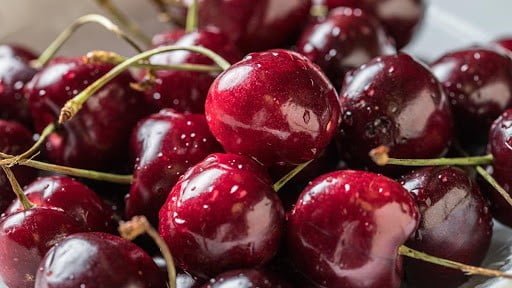
As a result, the supply of local berries and stone fruits was insufficient, especially at the beginning, and the sales season began with extremely high prices for many crops. Thus, the season of strawberries in Ukraine began about a week earlier than in 2019, but prices were more than twice as high as at the beginning of the 2019 season. Similarly high in Ukraine were the prices for the first raspberries as well as for the first lots of early varieties of blueberries and not only for the first batches, of course.
Noteworthy in the berry segment was for blueberry producers who suffered the most from the spring frosts even though prices for blueberries remained quite high throughout the season. From the very beginning of sales, it was clear that blueberry exports from Ukraine would significantly decrease in 2020 due to problems with the quality of grown products and high prices in the domestic market. In general, such expectations were fully justified and exports fell by more than half to only 1,200 tons. You can read more about the results of the berry season in Ukraine and other countries regularly monitored by EastFruit in a separate article “Berry business of 2020: summary and forecasts for 2021.”
Despite the difficulties, the berry business in Ukraine still continued to develop attracting new investments, introducing new technologies and approaches to growing, and marketing. For example, the first high-tech automatic line for sorting blueberries appeared in Ukraine in 2020 and the promotion process for Ukrainian exports has become even more organized. The Ukrainian Horticulture Association (UHA), which has always placed a great emphasis on promoting exports of Ukrainian berries, changed its leadership. One of the most famous berry growers in the region, Taras Bashtannik, became the President of the UHA and the UHA Berry Committee was headed by Yevgeny Harlan from iBerry. UHA plans to intensify their work in the berry business, in particular, to stimulate investments; promote cooperation of berry producers in exports, refinement, and processing; and improve the professionalism of Ukrainian berry producers.

Against all odds in 2020, blueberries still continued to strengthen their positions in the Ukrainian market and the country continued to intensively expand the area. According to the exclusive research “The market for highbush blueberries in Eastern Europe 2020” from the APK-Inform: Vegetables and Fruits project, Ukraine is likely to face a record blueberry harvest in 2021 and will have to actively pursue foreign markets for this product.
The apple industry was another segment severely affected by the frosts and Ukraine recorded a relatively low apple harvest for the second year in a row in 2020. Farmers began to report problems with the yield and quality of apples in June and rumours began to circulate on the market about the newly expected high prices for apples in Ukraine. Nevertheless, despite the fact that the 2020/21 season is developing quite successfully in terms of prices for those farmers who were able to preserve their harvest, it was still one of the most atypical due to the state of the global apple market and its general stagnation. We talked about this issue in detail during EastFruit’s First International Apple Online Conference titled “Apple Forecasts,” and the recording is available for viewing on the EastFruit Youtube channel.
Producers of apple concentrate were among the first to react to the expected increase in apple prices. In early July 2020, even before the start of the harvest of the main apple varieties, T.B. Fruit, one of the largest producers and exporters of apple concentrate, tried to bring down industrial apple prices.
If we talk about apple prices for the fresh market in the 2020/21 season, then one of the most important questions for its participants was the dilemma “sell an apple or store it?” As expected, many chose the second option hoping to win in storage and leaving for later the systematic work with buyers. Unfortunately, this did not help significantly increase the prices for apples compared to last season. Also, when we take into account the devaluation of the national currency, farmers earned much less selling apples in the domestic market than in the 2019/20 season.
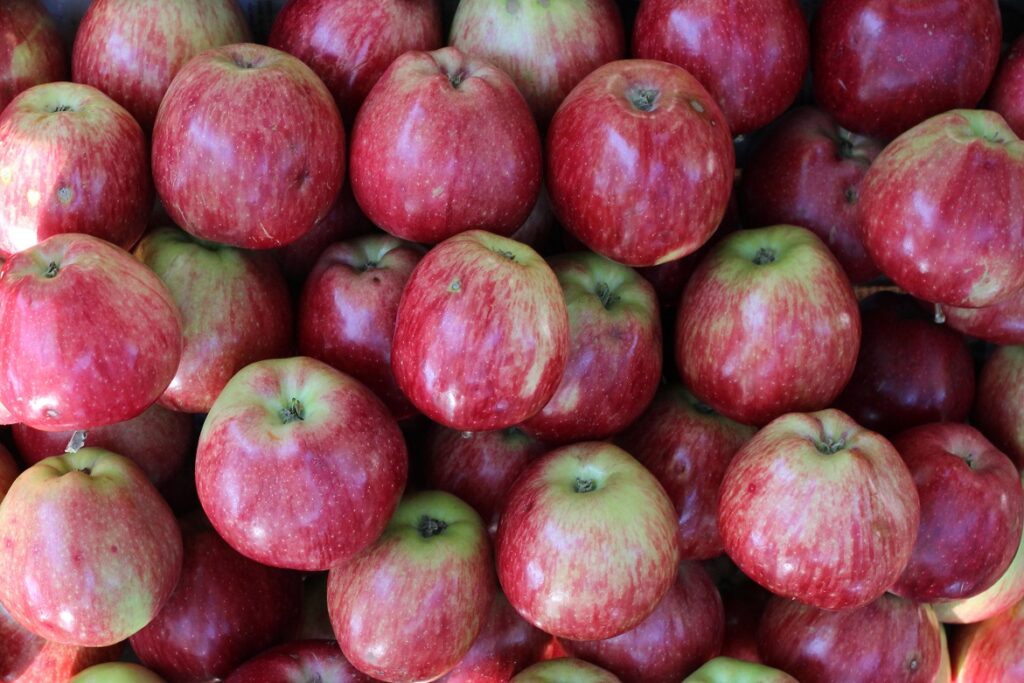
In mid-January 2021, the average wholesale price for apples in Ukraine was about UAH 12-13/kg ($0.42-0.46/kg) and the maximum price range reached 17 UAH/kg ($0.60/kg). A year earlier, prices in hryvnia were only 4-7% lower, but in dollars, they were higher than now reaching 50 US cents per kg! If we compare prices in euros, the difference was even greater. In January 2019, farmers received on average about 44 euro cents per kg of apple and now it was 36-37 euro cents per kg. Last season, apple prices in euros were 21% higher! Unfortunately, not all market participants understand this even though UHA and FAO experts have repeatedly emphasized the importance of systematic work for fresh apple exports in order to avoid such price traps.
Alas, for the second season in a row, Ukraine has been losing its position as an important exporter of apples, despite managing to conquer it in the 2018/19 season. In addition, the world market itself began to change rapidly despite the fact that the apple trade has been stagnating for many years in a row. For example, the highest rates of production growth in the leading countries of the apple business began to show new club varieties of apples, which are still completely ignored in Ukraine. An illustrative example of this is the Honeycrisp apple variety in the United States and the dynamics of its production over the past few years. It is also worth paying attention to the dynamics of production and sales of the Cosmic Crisp variety.
The relatively high prices for apples in Ukraine has led to a decrease in its share in the Ukrainian fruit market for two seasons in a row. Yet, the consumption of bananas is growing and they are the main foreign competitor of Ukrainian fruits. In 2019, Ukraine imported a record volume of bananas and, since 2013, the consumption of bananas per capita in the country has grown by 20-22%. Nevertheless, the consumption of bananas in Ukraine is still at a rather low level in comparison with other countries of the world.
Potatoes were back in the spotlight in Ukraine for the first time in many years. Ukraine imported huge volumes of potatoes – almost half a million tons – in the 2019/20 season, which shocked the public. The fact that potatoes being imported from Russia, which traditionally depended on the supply of many types of food from Ukraine, was especially unpleasant for many.
Accordingly, prices for potatoes were very high throughout the season. However, not all Ukrainian producers were able to sell their products at the expected price due to imports. As a result of the quarantine, EU countries had stopped production in french fry factories and millions of tons of potatoes there became unnecessary. Hence, in the spring, imports began for very cheap but high-quality potatoes from the Netherlands, Belgium, and other EU countries to Ukraine.
Many expected potato production to rise sharply given the high price level. However, despite good weather conditions and potato production increased, it was not enough to stop imports. Andriy Yarmak, an economist at the Investment Centre of the Food and Agriculture Organization of the United Nations (FAO), wrote in a high-profile blog about the reasons why Ukraine cannot quickly get rid of potato imports. He called out the fact that dirty potatoes on supermarket shelves were a symbol of industry problems. In a follow-up blog, he also statistically explained why dirty potatoes are more expensive for consumers and create losses for potato growers and especially for supermarket chains.
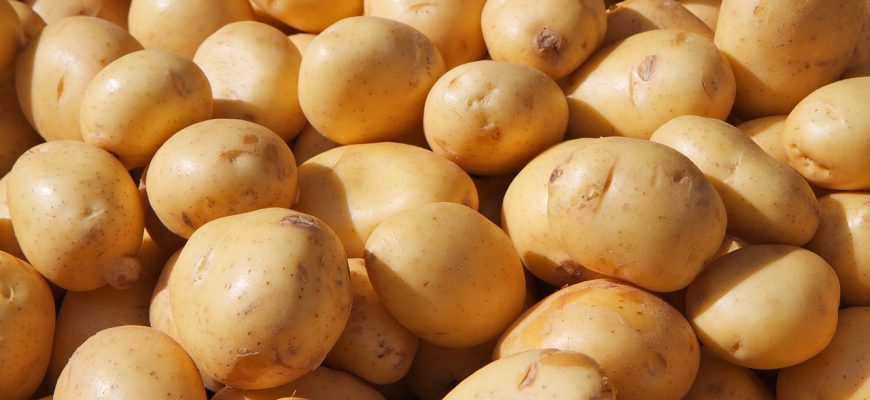
In turn, Ukrainian supermarket chains have intensified their search for suppliers of washed and packaged products. However, while the situation in the country is gradually developing for the better with the packaging of horticulture products, only a few companies have professional equipment required for washing and polishing vegetables. Moreover, the problem is not even in the washing equipment, but in the fact that in order to wash potatoes, it is necessary to ensure their quality in the field. Most local producers also have serious problems with this because if such potatoes are washed, then they may look even worse than dirty. However, if chains begin to change the purchasing policy, then there will be shifts in production.
Last year, white cabbage and onions disappointed Ukrainian farmers as much as possible. Yet, while fully aware of all the possible risks of overproduction, the areas under these crops in Ukraine still increased. In parallel with the growth of areas, favourable weather conditions throughout the growing season of crops contributed to an increase in yield. As a result, there was an increase in the gross harvest of cabbage and onions in Ukraine. Since the beginning of 2020, experts from the EastFruit project wrote about fairly low prices for cabbage in Ukraine, but farmers did not give up hopes that the situation would repeat that of 2019 when prices for these products were many times higher. That miracle did not happen, neither in the spring of 2020 nor in the fall of the same year and Ukrainian producers of white cabbage approached the New Year holidays with the same UAH 1.5-2.5/kg ($0.06-0.10/kg).
In the onion market, the pricing situation throughout 2020 developed in a slightly different scenario. They managed to keep prices high for the second season in a row, but in the spring of 2020, they were supported not by a shortage of product supply on the market, but by the dissemination of information in the media about the useful benefits of onions to fight against viruses. Against the backdrop of the COVID-19 pandemic, this allowed farmers to request higher onion prices. As a result, growers continued to increase the onion area and favourable weather conditions contributed to the yield increase of this crop. As a result, wholesale prices were quite low for onions in Ukraine during autumn and the first month of winter. According to international statistics, in the autumn of 2020, one and a half times more onions were imported to Ukraine, which indicates a rapid expansion of areas under winter onions in Ukraine. Once again, since none of the vegetable growers in Ukraine systematically engaged in the cultivation of onions for exports, they also fell into a price trap. Even the high prices for onions in the EU do not allow Ukrainian producers to increase exports since there were no established sales channels nor understanding of processing, sorting, logistics, etc.
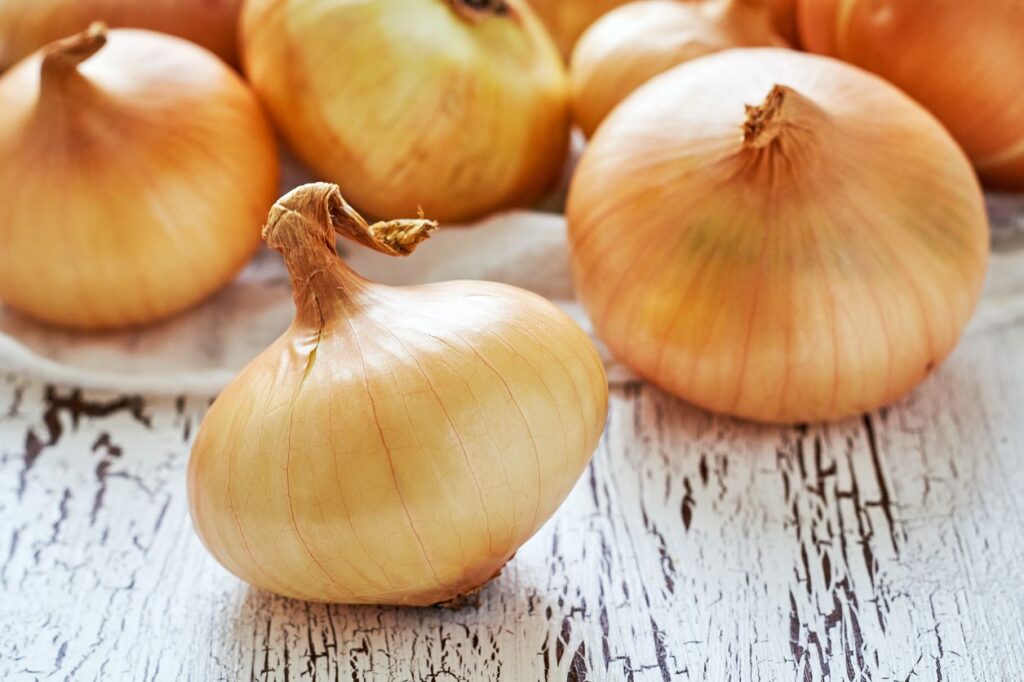
Table beets had a noteworthy sharp decline in the production in 2020. Moreover, weather conditions did not affect the volume of gross harvest, but Ukrainian farmers continued to lose interest in this root crop and significantly reduced the sown area. Yes, EastFruit analysts noted fairly low prices for beets and carrots at 2.50-3.00 UAH/kg ($0.09-0.11/kg), but by the end of 2020, root crops began to gradually increase in price. Experts do not exclude that by the middle of spring, due to the complete depletion of vegetable stocks in Ukrainian storage, it is in the beets segment that the most significant price increase might be observed.
By the way, we would also like to point out that the EastFruit platform was completely updated in 2020 and now it is also available in English. In 2021, we plan to launch a version of the portal in Uzbek as well and expand cooperation with this country.
In conclusion, we would like to note a few more project materials on topics that are not related to the above, but are nevertheless of interest:
- Berry paste is a unique product of berry processing;
- Vertical farm and microgreen crops yield up to 50 kg daily;
- High-tech greenhouses for a successful fruit and vegetable business;
- New niche berry on the Ukrainian market – Gumi;
- Intensive hazelnut production technology: Croatian experience for Ukrainian nut growers.
The use of the site materials is free if there is a direct and open for search engines hyperlink to a specific publication of the East-Fruit.com website.




